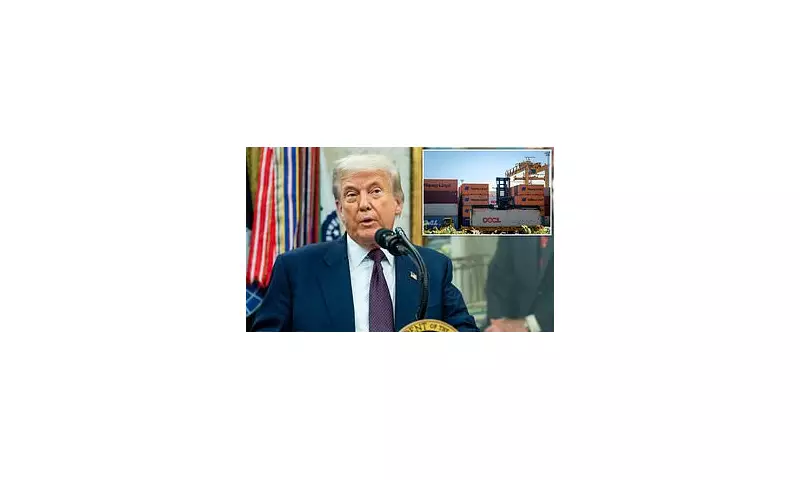
Former US President Donald Trump has unveiled a bold new tariff strategy that could send shockwaves through the technology industry. The proposed measures, which would significantly increase import taxes on foreign-made tech components, have sparked immediate concern among industry leaders and market analysts.
What's in the Proposal?
The plan calls for sweeping new tariffs on a range of technology products, including:
- Semiconductors and microchips
- Computer hardware components
- Telecommunications equipment
- Consumer electronics
Potential Market Impact
Financial experts predict the tariffs could:
- Increase consumer prices for electronics by 15-25%
- Disrupt global supply chains
- Force tech companies to reconsider manufacturing locations
- Potentially slow innovation in key sectors
Industry reaction has been swift and critical, with major tech firms warning the measures could backfire, ultimately harming American competitiveness in the global marketplace.
The Political Context
This announcement comes as Trump positions himself for a potential return to the White House. The tariff proposal appears designed to appeal to his political base, emphasizing "protecting American jobs" and "reducing dependence on foreign technology."
However, many economists argue that similar policies during Trump's previous administration ultimately cost more jobs than they created, particularly in technology-dependent industries.
What Happens Next?
The proposal would need congressional approval to take effect, meaning its fate likely depends on the outcome of the upcoming US elections. In the meantime, tech companies are reportedly preparing contingency plans should the tariffs become reality.





